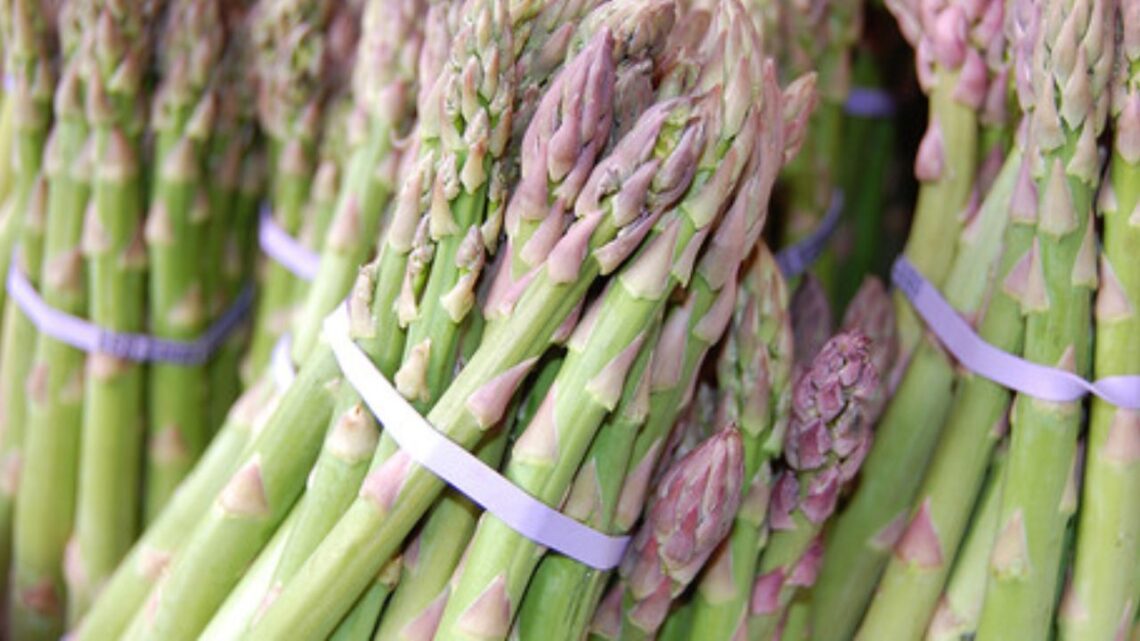Peru’s asparagus sector just got a shot of momentum. Pacific Produce has announced a major expansion of its Peru program through its long-time partner Agrokasa: 600 hectares of new asparagus to be planted in Pisco (Ica region).
The location was chosen for its reliable water, virgin ground ideal for crown establishment, and proximity to efficient export logistics.
Planting is slated to begin in 2026, positioning the company to strengthen year-round programs for retail and foodservice customers in North America and Europe.
Why this expansion matters
The U.S. market relies heavily on imported asparagus. Over recent seasons, acreage in both Peru and Mexico shifted toward higher-margin crops, tightening supply and creating volatility during key promotional windows.
By adding scaled, irrigated hectares in a proven growing corridor, Pacific Produce aims to stabilize late-year volumes, smooth pricing, and restore confidence for multi-week promotions—especially in Q4, when Peruvian fields typically backstop supply as Mexico seasonally tapers.
Inside the Pisco project
The new plantings will sit within a larger, professionally managed estate where Agrokasa already grows avocados, blueberries, and table grapes.
Asparagus thrives in well-drained, sandy soils and benefits from consistent irrigation—both hallmarks of the Pisco valley.
By establishing crowns on previously unfarmed ground, the project reduces soil-borne disease pressure, improving spear uniformity, pack-out rates, and overall postharvest quality.
Once mature, the acreage is expected to deliver reliable weekly cuts, allowing strategic alignment with ocean and air cargo to major markets.
Market outlook and timing
From a demand perspective, the category remains resilient. Consumers prize asparagus for its nutritional profile, versatility, and premium positioning in both home and restaurant menus.
The Pisco build-out is designed to phase in over multiple cycles: initial commercial cuts generally appear 12–18 months after planting, with full yields following in subsequent seasons.
This timing sets up a path for stronger late-2027/2028 supply, better continuity for long-term contracts, and enhanced coverage for holiday and winter promotions.
Quick facts & figures
| Item | Detail |
|---|---|
| Project size | 600 hectares of new asparagus |
| Location | Pisco (Ica), Peru |
| Grower/Partner | Agrokasa (long-standing supplier to Pacific Produce) |
| Start of planting | 2026 (phased establishment) |
| Agronomic edge | Virgin soils, reliable water, professional estate management |
| Logistics focus | Seamless export corridors to U.S./EU via sea and air |
| Program goal | Year-round supply; stronger Q4 coverage for retail/foodservice |
| Quality targets | Higher uniformity, stronger pack-outs, consistent sizes/grades |
What buyers can expect
- Longer promotional windows: Incremental Peruvian volume in October–December supports multi-week ads without the sharp spot-market swings that have challenged planning in recent years.
- Consistency and quality: New crowns on clean ground plus modern irrigation are expected to yield straighter spears, tighter diameter bands, and improved shelf life.
- Program stability: Scale at source allows for steady weekly load plans, better vessel alignment, and contingency coverage during shoulder weeks.
Sustainability and labor
The project emphasizes efficient water use, soil stewardship, and responsible labor practices.
Drip irrigation, targeted nutrition, and careful field hygiene help reduce inputs and protect yields, while structured training and safety standards support a skilled, year-round workforce.
These measures underpin consistent quality and help retailers meet ESG and supplier-assurance goals.
With 600 new hectares in Pisco, Pacific Produce is doubling down on the fundamentals—water security, new ground, and export-ready logistics—to re-energize the asparagus category.
The phased ramp beginning in 2026 is designed to stabilize year-round programs, strengthen Q4 coverage, and deliver the consistency retailers and foodservice buyers need.
For a market that runs on reliability, this expansion checks every box from farm to front end.









